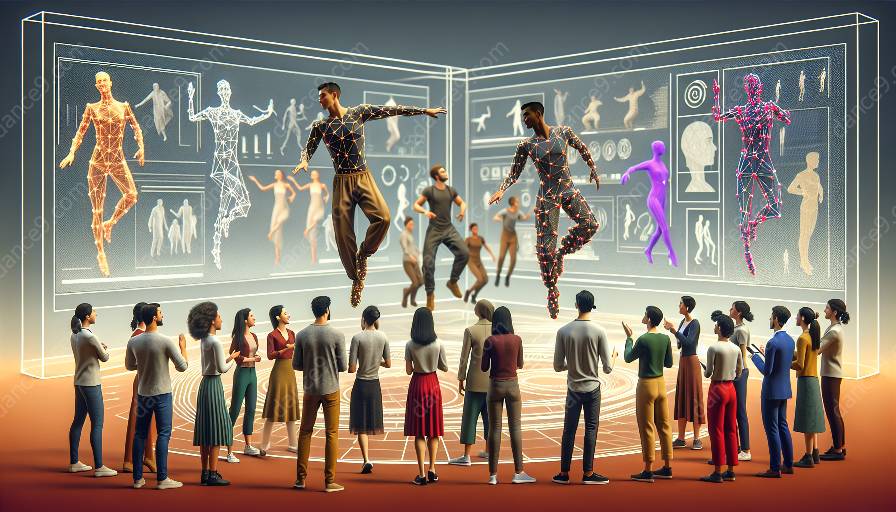Motion capture technology has revolutionized the ways in which dance performances are archived and preserved. This technology enables the capture of intricate movements and artistic expressions in a digital format, providing a valuable resource for dancers, choreographers, and researchers.
When discussing the intersection of dance and technology, motion capture technology often takes center stage. It offers opportunities for dance archiving, analysis, and even virtual reality experiences that enhance and expand the traditional boundaries of dance performances. In this topic cluster, we will delve into the applications, benefits, and challenges of motion capture technology in the context of dance archiving.
The Evolution of Motion Capture Technology
To understand the impact of motion capture technology on dance archiving, it is important to trace its evolution. Motion capture technology, also known as mocap, has its roots in biomechanics and medical research. The early forms of motion capture involved cumbersome and expensive equipment, limiting its accessibility to a select few researchers and institutions.
However, with advancements in digital technology, motion capture systems have become more affordable and portable, making them increasingly prevalent in various industries, including the entertainment and performing arts sectors. Today, dancers and choreographers can harness the power of motion capture to digitally document their performances, preserving their creative expressions for future generations.
Applications in Dance Archiving
The use of motion capture technology in dance archiving goes beyond simple documentation. It allows for the creation of detailed 3D models of dance movements, offering a comprehensive visual representation of choreographic works. This digital preservation not only serves as an invaluable resource for dancers and choreographers to review and analyze their performances but also contributes to the preservation of cultural heritage.
Furthermore, motion capture technology enables the digitization of dance archives, ensuring that historical and contemporary dance performances are not lost to time. By capturing the nuances of movement and expression, this technology facilitates the dissemination of dance knowledge and facilitates cross-cultural exchanges in the realm of performing arts.
Challenges and Opportunities
While motion capture technology presents numerous opportunities for dance archiving, it also poses certain challenges. One such challenge is the ethical consideration of digitizing and disseminating dance performances. Issues of ownership, rights, and consent arise in the context of preserving dance through technology.
Moreover, the technical complexities of motion capture systems require a certain level of expertise, and the interpretation of captured data can be a labor-intensive process. However, as technology continues to advance, these challenges are being addressed through collaborations between artists, technologists, and scholars.
The Future of Dance Archiving
The future of dance archiving is intricately linked with advances in motion capture technology. As the capabilities of mocap systems continue to expand, we can anticipate more immersive and interactive ways of experiencing dance performances. Virtual reality environments, augmented reality interfaces, and interactive visualizations are poised to redefine how audiences engage with dance archives.
Furthermore, the integration of artificial intelligence and machine learning holds promise for automating the analysis and categorization of dance movements, facilitating unprecedented insights into the artistic and cultural significance of dance performances.
Conclusion
In conclusion, the synergy between motion capture technology and dance archiving represents a significant leap forward in the preservation and celebration of dance as a dynamic form of artistic expression. This convergence of art and technology offers boundless possibilities for documenting, analyzing, and experiencing dance performances, ensuring that the rich tapestry of human movement is perpetuated and celebrated for generations to come.

































